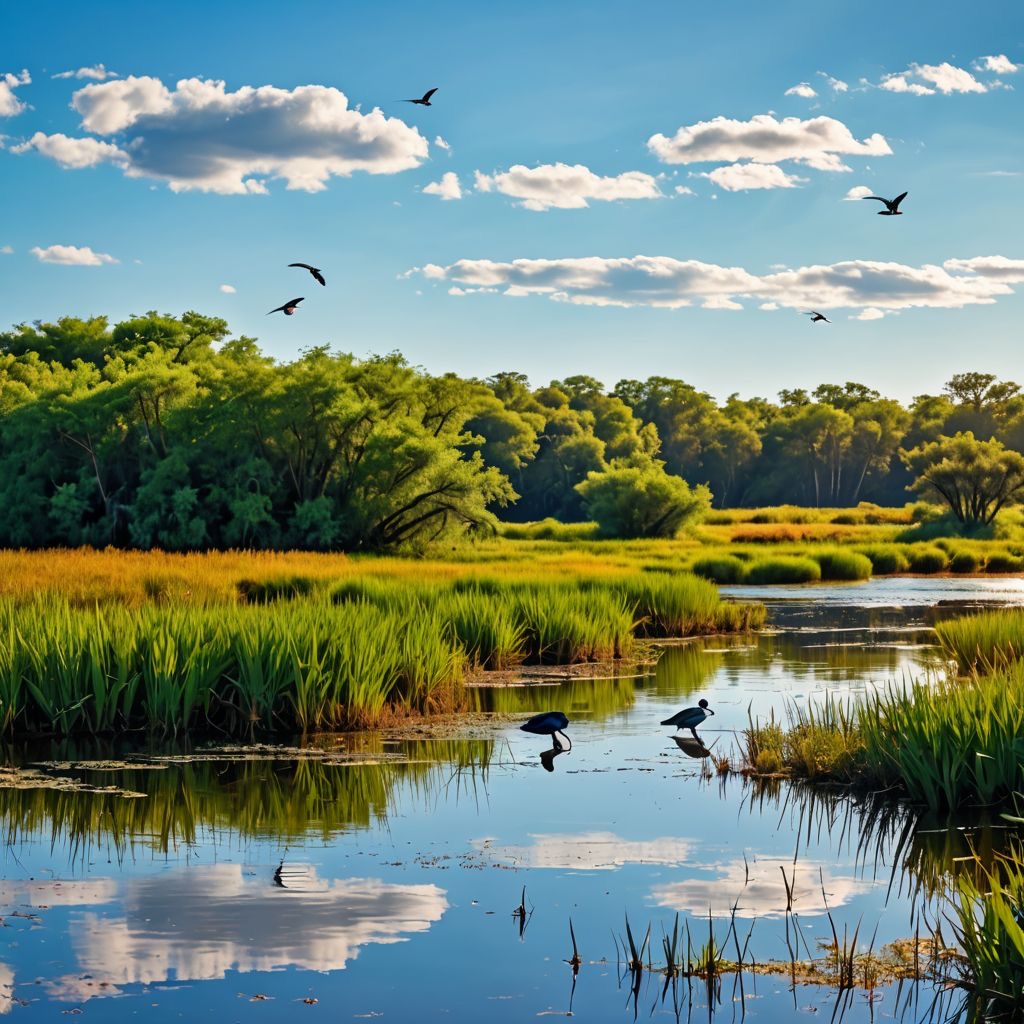
Table of Contents:
1. Introduction
2. What Are They? A Quick Overview
3. Their Amazing Diversity
4. Common Characteristics and how they relate to lawn maintenance services
5. Extremes i: The Small and the Tall
6. Around the Globe: Where They Thrive
7. Environmental Impact of Grasses
8. Oxygen Production
9. Conclusion
Introduction:
Ah, grasses—the underappreciated green carpet of our world! While many people think of it merely as something to mow or a nuisance between their beloved flower beds, this plant is actually a fascinating and integral part of our ecosystem.
icture this: you step outside, and that plush green lawn stretches before you, waving gently in the breeze. It may look simple, but beneath the surface, grasses are complex organisms playing a critical role in our environment.
Whether you're a DIY gardener mowing weekly in Winnipeg, or someone considering a professional lawn maintenance service, understanding grasses can elevate your appreciation for that verdant expanse beneath your feet.
Transform your Winnipeg yard. When it comes to lawn care Winnipeg homeowners trust, Sunshine has earned a solid reputation.
Contact us today for your free estimate.
Did you know there are over 10,000 species worldwide? Yep! And they all share some common traits that make them unique among plants. From the lofty bamboo that can tower over your house to the delicate sprigs of fescue that cushion your bare feet, this article will explore the incredible world of grasses, diving into their diversity, ecological benefits, and a whole lot more. Grab a cold drink, settle in, and let’s embark on this adventure together!
2. What Are Grasses? A Quick Overview:
This vegetation belongs to the family Poaceae, also known as the grass family. This expansive group includes not only those lush lawns and wild prairies we're accustomed to seeing but also many of the staple crops that feed a large percentage of the world. Think wheat, rice, and corn—yes, they’re all Poaceae! Besides their agricultural importance, they contribute significantly to the landscape, providing vital habitats and erosion control. When it comes to yard maintenance in Winnipeg or any local lawn care business, these green warriors are the foundation of most residential and commercial landscapes.
3. The Amazing Diversity of The Species:
As mentioned, there are over 10,000 species of Poaceae categorized into several genera. Major groups include:
4. Common Characteristics:
So, what do these thousands of species have in common? Here are a few key traits that unite this leafy family:
- Monocotyledons: Grasses are monocots, meaning they have one seed leaf (hence “mono”). This gives them distinct features, such as long, narrow leaves with parallel veins.
- Growth Habit: Most grow from the base, which is known as “tillering.” This means that as they grow, they can spread outward, allowing for dense growth.
- Root System: They typically have fibrous roots, which are excellent for stabilizing soil and preventing erosion. This is especially useful if you are considering one of the many very good lawn maintenance services Winnipeg homeowners have to choose from, for addressing those tricky sloped areas, especially for homes on Winnipeg riverbanks.
Contact us today for your free estimate.

Together, these features help these plants to adapt to a variety of environments, from sunny plains to shaded forests, demonstrating their resilience and versatility.
5. Extremes: The Small and the Tall:
Let’s take a moment to marvel at the extremes within the family. On the smaller end of the spectrum, we have the Creeping Bentgrass (Agrostis stolonifera), often found in golf courses and used for lawns in cooler climates. It may seem unassuming, but this little plant packs a punch when it comes to durability and aesthetic appeal!
On the other side of the scale, you’ll find bamboo, which can reach heights of up to 100 feet for some species! Bamboo is a type of grass and one of the fastest-growing plants on Earth. It can grow several feet in just a single day under optimal conditions. The durability and rapid growth rate of bamboo make it a favorite for sustainable construction and gardening.
So whether you’re considering an affordable lawn care service in Winnipeg for your yard or dreaming of planting your very own bamboo forest, remember that the varieties available to you are as diverse as your gardening imagination!
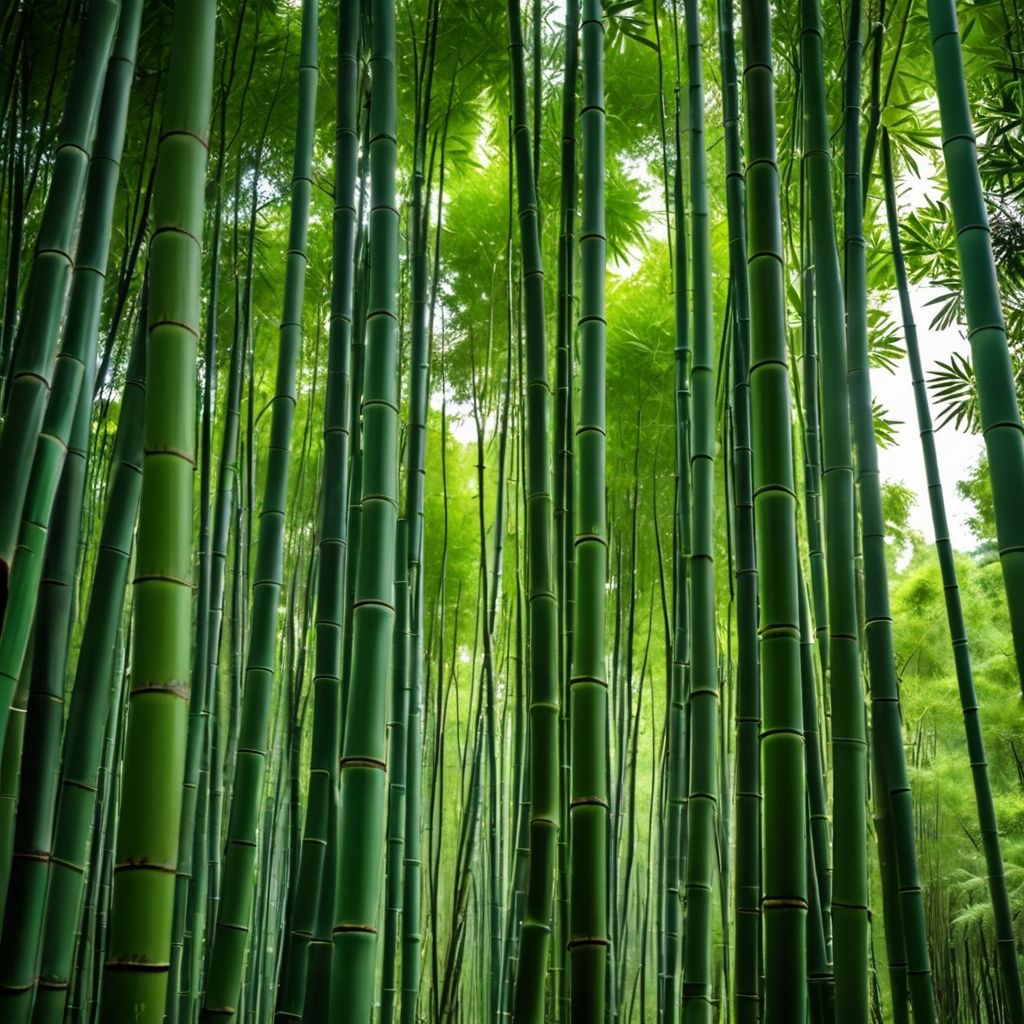
6. Grasses Around the Globe: Where They Thrive:
Grasses are some of the most versatile and resilient plants on the planet, playing crucial roles in ecosystems, agriculture, and human culture. They are found in diverse environments across the globe, from arid deserts to lush wetlands. Let's explore the different types of grasses, their ecological significance, and the various regions where they thrive, emphasizing their vital role in biodiversity and human life.
Understanding Grass Types
Grasses belong to the family Poaceae and they are divided into two main subfamilies: Pooideae (cool-season grasses) and Chloridoideae (warm-season grasses). Each group adapts to specific climatic conditions and soil types, leading to a rich tapestry of grass varieties worldwide.
Cool-Season Grasses
Cool-season grasses are typically found in temperate regions, where temperatures are moderate. They flourish during spring and fall, becoming dormant in the heat of summer. Common examples include:
- Kentucky Bluegrass (Poa pratensis): Predominantly found in the northern United States, this grass is valued for its lush green color and soft texture, making it a popular choice for lawns and parks. It requires well-drained soils and needs considerable water during its growing season, particularly in areas with hot summers.
- Fescue (Festuca): With several varieties well-suited to transitional zones, such as tall fescue and fine fescue, this grass can be found in both the northern and southern U.S. It’s drought-resistant and maintains green hues even under stress, making it a popular choice for lawns.
- Ryegrass (Lolium): Often used for quick establishment of turf in cooler climates, ryegrass germinates rapidly and is commonly found in sports fields and golf courses.
Cool-season grasses are predominantly found in regions such as:
- The Great Plains: Spanning from Canada to Mexico, this vast grassland is home to species like buffalo grass and bluegrass. These species support both wildlife and grazing livestock.
- Northern Europe: Countries like Scotland and Sweden showcase rich meadows of fescue and ryegrass, serving as vital habitats for various organisms and as essential agricultural lands.
Warm-Season Grasses
Warm-season grasses thrive in warmer climates, with optimal growth during late spring and summer. These grasses often have deep root systems, allowing them to survive prolonged drought and heat. Common warm-season grasses include:
- Bermudagrass (Cynodon dactylon): This perennial grass is widely used in southern U.S. states due to its durability and ability to recover quickly from wear, making it a favorite for golf courses, sports fields, and residential lawns.
- Zoysiagrass (Zoysia): Known for its dense growth habit, zoysiagrass is favored in southern lawns and is highly drought-resistant, reducing the need for supplemental irrigation.
- Buffalo Grass (Bouteloua dactyloides): A native grass of the Great Plains, buffalo grass is known for its drought tolerance and is utilized in both commercial and residential landscaping.
Regions where warm-season grasses excel include:
- The Southern United States: The humid subtropics of states like Florida and Texas create ideal conditions for various warm-season grasses, which support local wildlife and contribute to community aesthetics.
- Tropical Regions: Areas near the equator, including parts of Africa and South America, are home to native grasses like elephant grass (Pennisetum purpureum), which plays a significant role in local ecology and agriculture.
Grasslands of the World
Grasslands, also known as prairies, savannas, or steppes, cover approximately one-quarter of the Earth’s terrestrial surface. These ecosystems are characterized by their low tree density and dominance of grasses, supporting diverse animal species.
- The Great Plains (North America): This region features vast expanses of grasslands supporting large herds of bison and numerous bird species. Grasses such as big bluestem (Andropogon gerardii) dominate, providing food and habitat for wildlife. This area is also vital for agriculture, producing significant amounts of wheat and corn.
- The Pampas (South America): Located in Argentina, this fertile region is renowned for its agriculture and extensive grassland, primarily dominated by species like feather grass (Stipa). The Pampas’ rich soils are essential for raising cattle and growing crops, shaping the economy of the region.
- The African Savanna: This iconic ecosystem is home to a variety of wildlife, including elephants, lions, and giraffes. The savanna features warm-season grasses such as Guinea grass (Panicum maximum), which thrive during the wet season and provide crucial forage for grazing animals.
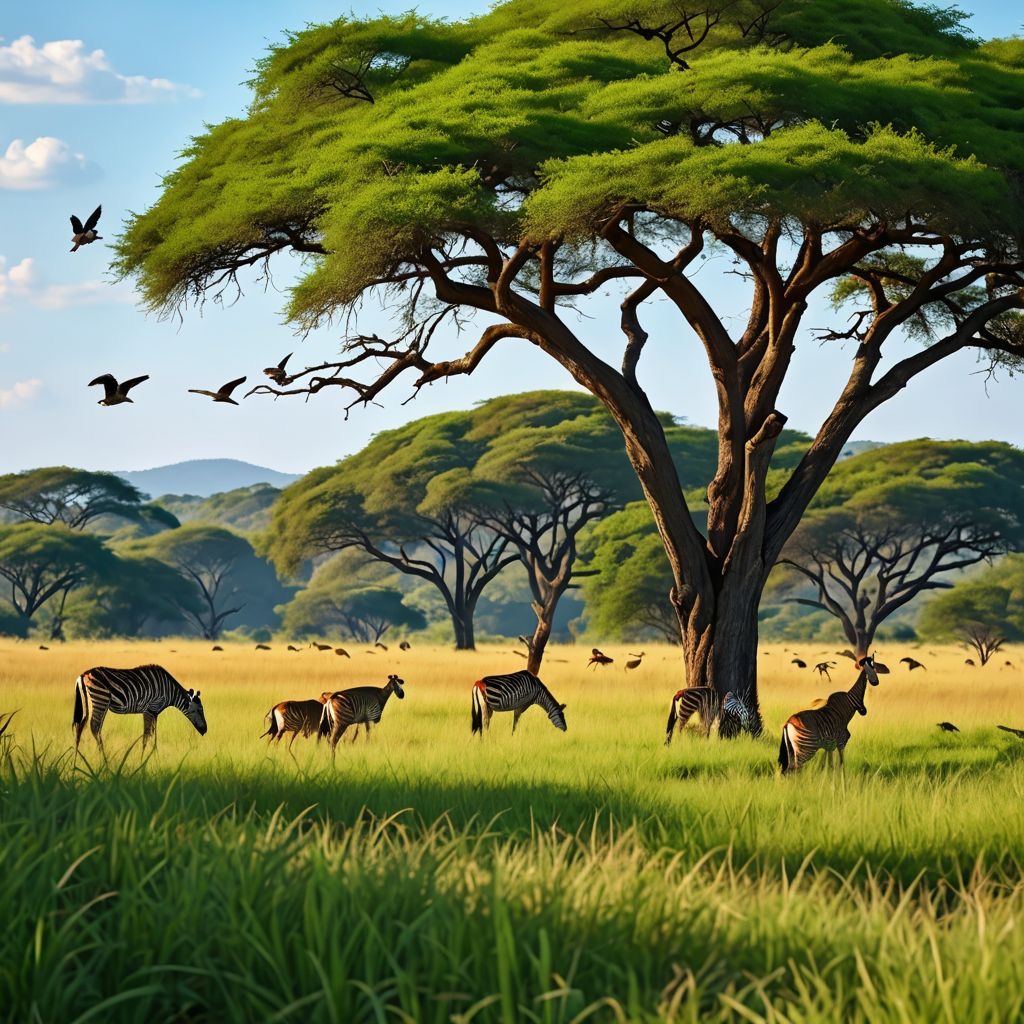
- Eurasian Steppes: Stretching from Eastern Europe to Central Asia, these grasslands are characterized by harsh climates and are home to unique species like the saiga antelope. Grasses such as bunchgrass are prevalent, playing a critical role in the local communities’ pastoral economies.
Grasses in Unique Environments
Grasses have adapted to thrive in challenging environments, exhibiting remarkable diversity and resilience:
- Wetlands: Grasses like sedges and bulrushes (family Cyperaceae) thrive in waterlogged conditions, contributing to the ecological health of marshes and swamps. Their root systems help stabilize the soil, preventing erosion, while their dense growth provides essential habitat for numerous aquatic and terrestrial animals.
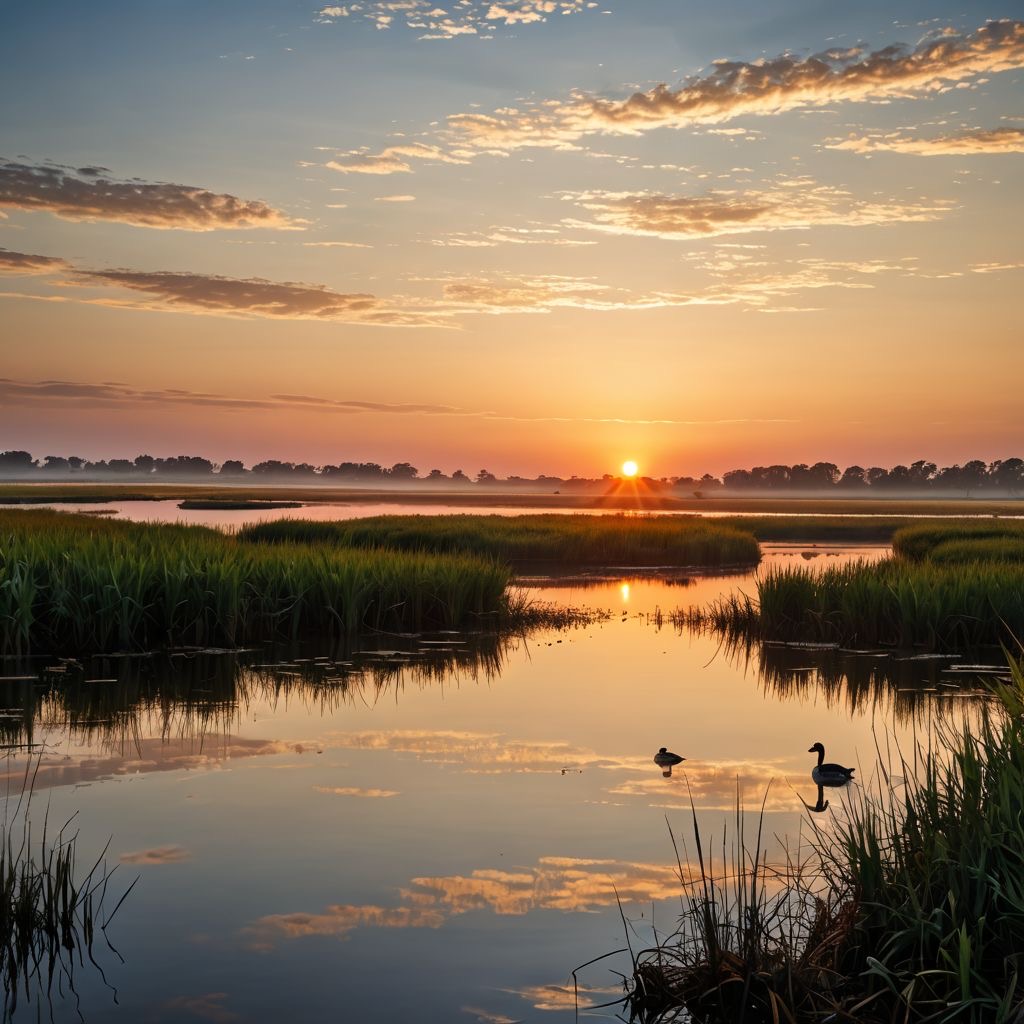
- Deserts: Certain resilient grasses, like saltgrass (Distichlis spicata), have adapted to arid conditions, playing a crucial role in preventing soil erosion and supporting life in these harsh ecosystems. These grasses often have specialized adaptations to conserve water and endure extreme temperatures.
Human Impact and Agricultural Significance
Grasses are central to global agriculture, providing essential resources such as forage for livestock, food crops (e.g., rice, wheat, maize), and bioenergy sources. In addition to serving as a staple in human diets, grasses are crucial for maintaining soil health and preventing erosion, thereby supporting agricultural sustainability.
Grasslands and Livestock
Grasslands serve as grazing grounds for livestock, which are vital for many rural economies around the world. Sustainable management practices, such as rotational grazing and maintaining biodiversity, are essential to preserving these ecosystems while ensuring continued agricultural productivity. The balance between grassland conservation and agricultural use is crucial for maintaining ecosystem services.
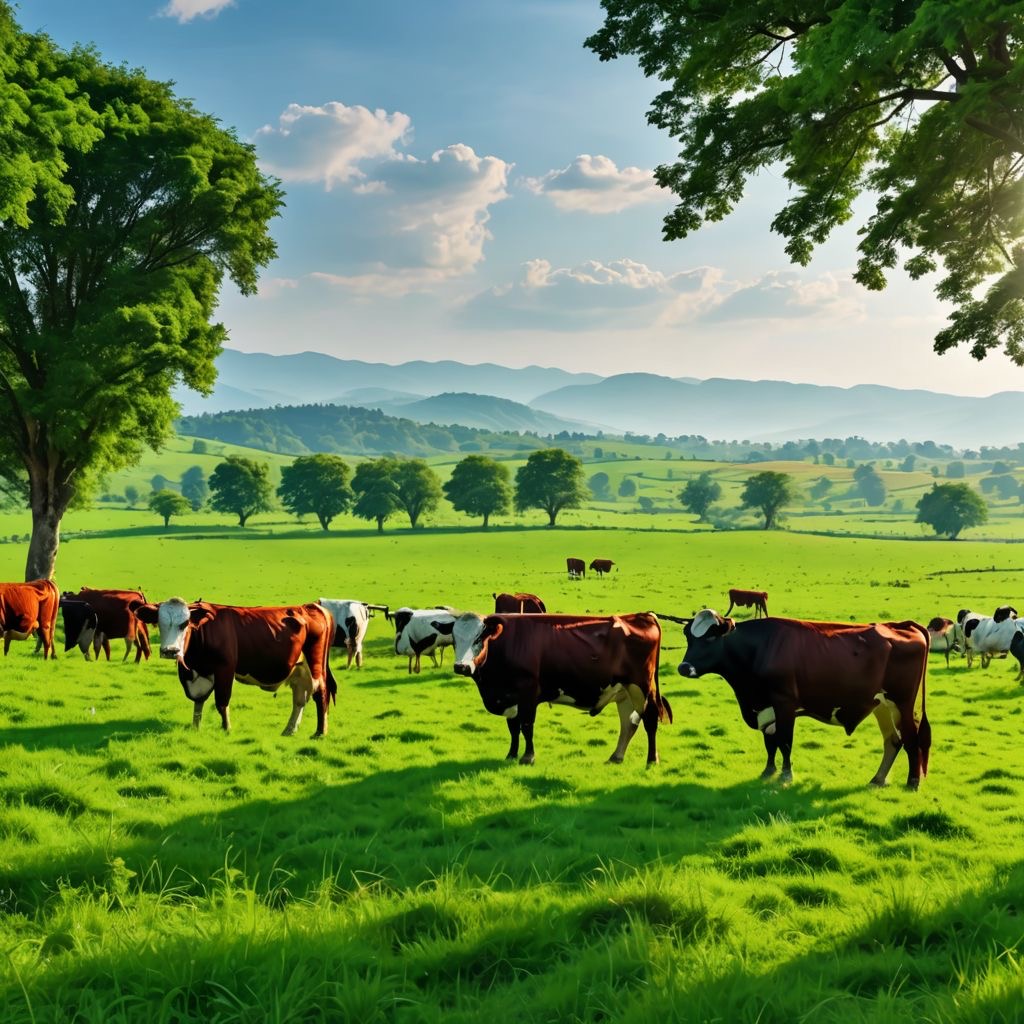
Conservation Challenges
Despite their resilience, grasslands face significant threats from urbanization and agriculture. Habitat loss due to expanding cities and industrial agriculture, along with the impacts of livestock grazing, poses a threat to native grass species and the biodiversity they support. Conservation efforts must focus on preserving native grass species and restoring degraded grasslands to combat biodiversity loss. Initiatives such as protected areas, sustainable agricultural practices, and community-based conservation are vital in this regard.
Contact us today for your free estimate.
7. Environmental Impact:
Grass is often viewed as mere decoration in our yards, but it offers significant environmental benefits. Here’s how:
- Carbon Sequestration: These plants captures CO2 and store carbon in their roots, playing a role in regulating our climate. Healthy grasses can absorb substantial amounts of carbon dioxide, making your lawn care practices not just beneficial for aesthetics but also for Mother Earth.
- Soil Health: They improve soil quality through organic matter contribution as it decomposes. Soil that supports healthy grass is often rich in nutrients and promotes overall ecological balance—another reason to consider professional lawn services to provide services like regular, aeration, soil testing and organic lawn fertilization!



